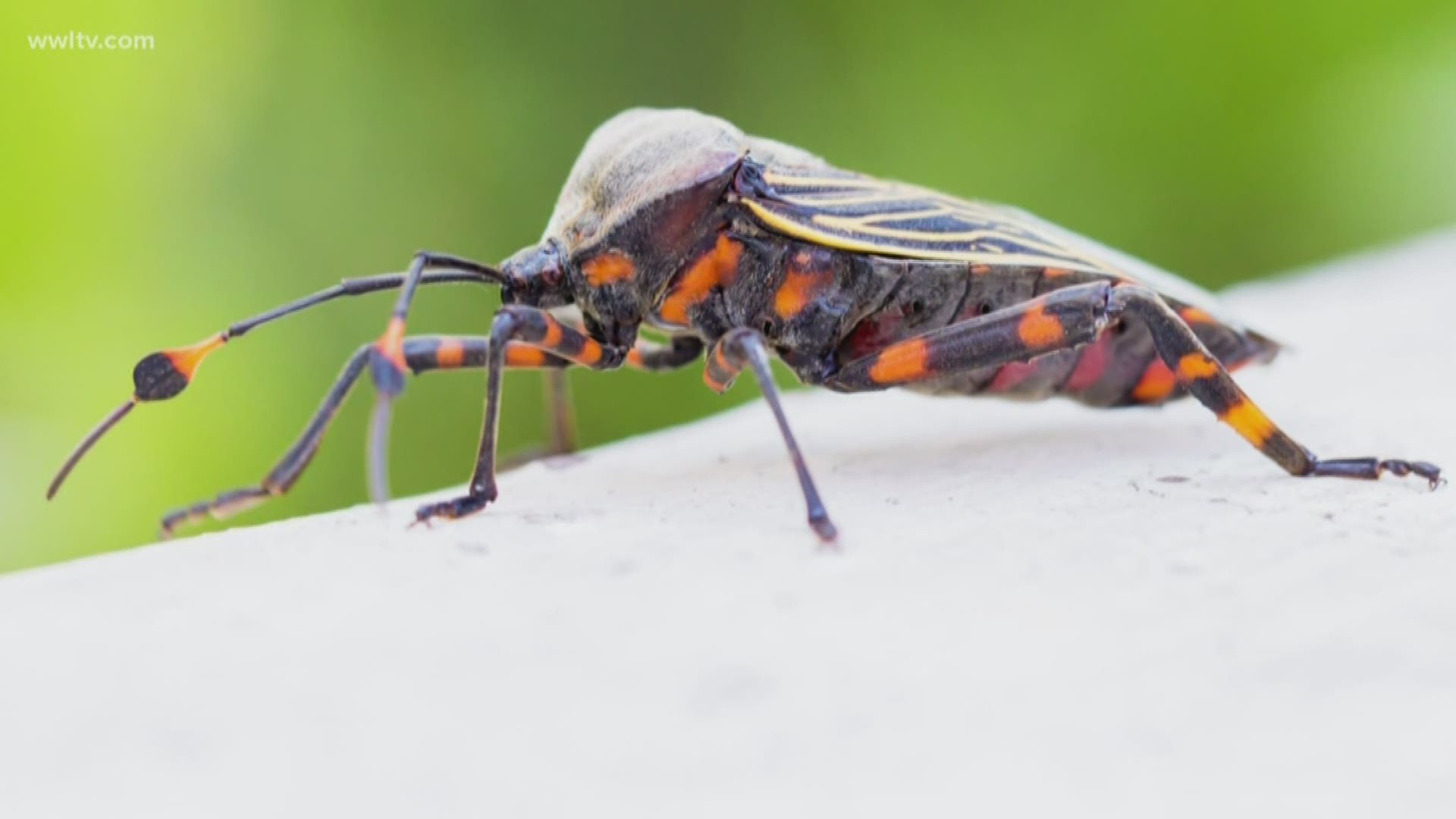
Please note that there are several states where kissing bugs have been found only once or twice and are likely rare.Įleven different kinds of kissing bugs are in the United States. Striped states are those from which we have received submissions to our Citizen Science Program. All shaded states have at least one historical record of kissing bugs. Those states are Delaware, Illinois, Indiana, New Jersey, Pennsylvania, and West Virginia. In some states, kissing bugs have only been found a few times and are probably rare. Striped states are those from which we have received submissions to our Community Science Program. All shaded states in the map have at least one kissing bug found there. In the United States, kissing bugs have been found in 29 states. Kissing bugs live throughout North America, Central America, and South America. Males have rounded bottoms, and females have pointed ovipositors (for egg laying) on their bottoms. They have 5 nymphal stages before becoming adults. (Photo by Gabriel Hamer) Kissing bugs hatch from small oval-shaped eggs. Kissing bug bites do not usually hurt the person while they are feeding.
#Kissing bugs full#
When kissing bugs feed, they can take several minutes to take a full meal. Kissing bugs can feed on people, dogs, and wild animals. penny.Īll kissing bugs feed on blood throughout their lives. (Photo: Rachel Curtis-Robles) Size comparison of a kissing bug with a U.S. Some kinds of kissing bugs can live up to two years. Kissing bugs hatch from small eggs and go through five juvenile (nymphal) stages before they become adults. Adult kissing bugs are about 1/2 to 1 inch long. Kissing bugs feed on blood and are active mostly at night (nocturnal).
#Kissing bugs how to#
Our research helps us learn more about how to protect people and animals from Chagas disease. Our team studies the eco-epidemiology of Chagas disease and kissing bugs in the United States.



A science called 'eco-epidemiology' looks at how ecology and environment affect human and animal health. Interactions can be touching wildlife, being near wildlife, or even just living in an area with lots of wildlife. Interactions between people and animals can result in disease transmission. See this Chagas disease overview produced by the Texas Chagas Task Force - a CDC-funded collaboration led by UT Health School of Public Health with contributions from Texas A&M AgriLife and medical, veterinary, and entomology professionals across the state. If you have questions, submit them to our team on this page. If you are interested in more technical resources, visit our resource page. We hope this website will help you learn about Chagas disease and kissing bugs. About 55% of the kissing bugs are infected with the parasite, Trypanosoma cruzi, that causes Chagas disease. Since then, almost 1,500 people have sent us over 7,000 kissing bugs for scientific research. Our kissing bug community science program started in 2012. We are a team of scientists at Texas A&M University.


 0 kommentar(er)
0 kommentar(er)
